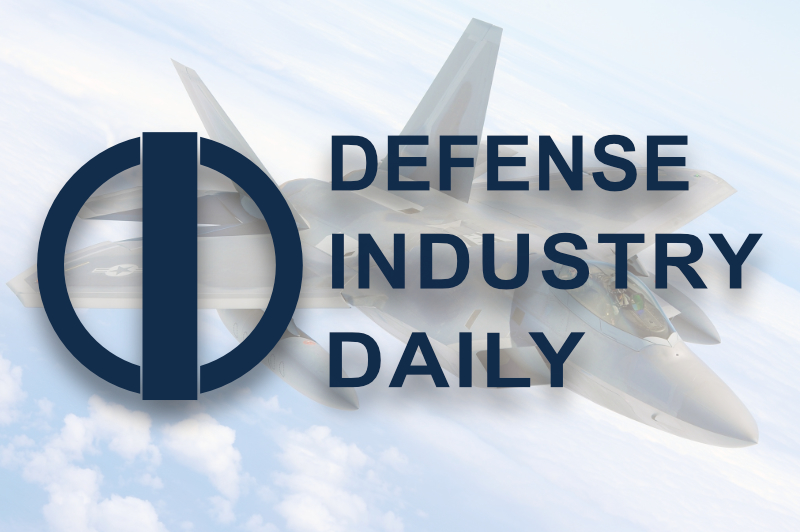This article is included in these additional categories: Britain/U.K. | C4ISR | General Dynamics | Industry & Trends | Interoperability | Israel | Other Corporation | Policy - Doctrine | Signals Radio & Wireless | Thales | Transformation | USA | Warfare - Trends
The Tactical Radio Market to 2015

For more on this and other stories, please consider purchasing a membership.
If you are already a subscriber, login to your account.
If you are already a subscriber, login to your account.
On June 13, DID covered the global expansion of the tactical radio market, esp. in the USA. Analysts at Frost & Sullivan's "Aerospace and Defense Group, U.S. Tactical Military Communications Markets" noted that Department of Defense (DoD) spending for tactical communications was $4.78 billion in 2004 and predicted $5.68 billion by 2010. Meanwhile, Harris Corp. was noting growth in the sector and orders from around the world. Now Forecast International is projecting that defense departments worldwide will spend some $12.88 billion on 28 different surface communications development, acquisition, or maintenance programs over the next decade....

One Source: Hundreds of programs; Thousands of links, photos, and analyses
DII brings a complete collection of articles with original reporting and research, and expert analyses of events to your desktop – no need for multiple modules, or complex subscriptions. All supporting documents, links, & appendices accompany each article.
Benefits
- Save time
- Eliminate your blind spots
- Get the big picture, quickly
- Keep up with the important facts
- Stay on top of your projects or your competitors
Features
- Coverage of procurement and doctrine issues
- Timeline of past and future program events
- Comprehensive links to other useful resources
Monthly
$59.95/Per Month
- Charged Monthly
- 1 User
Quarterly
$50/Per Month
- $150 Charged Each Quarter
- 1 User
Yearly
$45/Per Month
- $540 charged each year
- 1 User
2 years
$35/Per Month
- $840 Charged every other year
- 1 User
